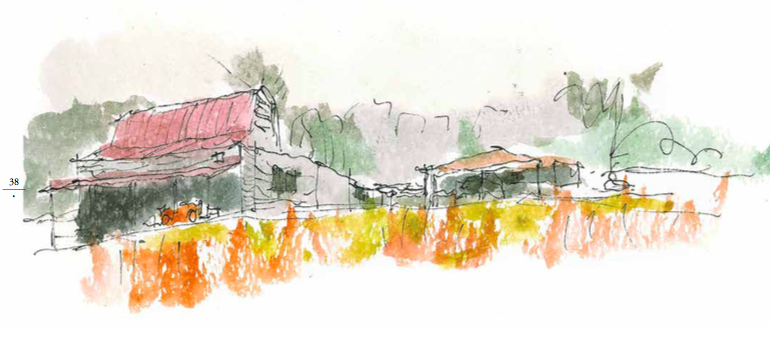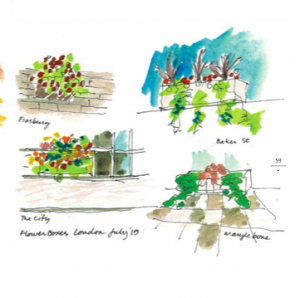Book Review: “Profoundly relevant observations about life and place”
by Joel R. Dennstedt for Readers’ Favorite®, Oct. 26, 2019
Sketching is a fine art of suggestibility and essence, and it is not properly relegated only to the physical artist. In writing, sketching is done with quick vignettes, following the same imperatives: Suggesting briefly, catching the essence, engaging the imagination.
In Native Places, a most wonderful compilation and combination of physical and written sketches about life and place, Frank Harmon adds this personal observation: “But if I sketched it, I remembered that place forever.”
…a most wonderful compilation and combination of physical and written sketches about life and place…
Harmon is an architect. As such, he has a keen eye for the manner in which human beings reveal themselves in their buildings, including as equally important the manner in which they “context” these structures within gardens, trees, and other unique local environments. “I learned to trust the particular over the general,” he writes, “in many ways like writers who are more attuned to the particular.”
Frank Harmon’s observational eye is equal to his conceptual one. And in Native Places, he makes profoundly relevant observations about life and place. “Historians usually ignore what we’ve come to know as the vernacular. Yet the motives of the makers of vernacular buildings and places are practical, and the result is often aesthetic.” Chew on that one for a while, and appreciate the power of what Harmon refers to as “ordinariness”.
Spending quality time with the lovely sketches in this book – both physical and conceptual, painted and written – is like attending to daily meditations about spiritual matters, but without the guilt or sense of obligation. What remains is the pure, essential pleasure, if brief, of human celebration.
Book Rating: 5 Star








